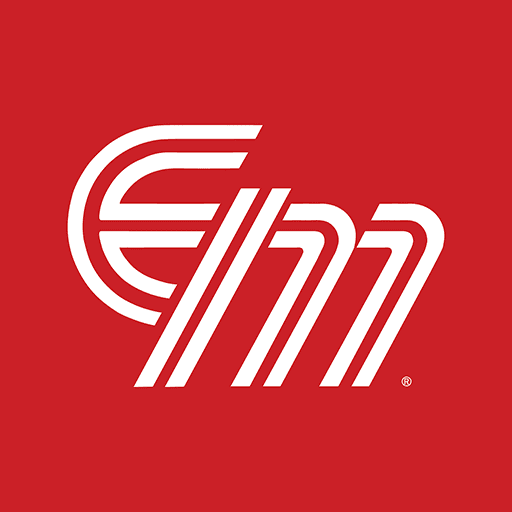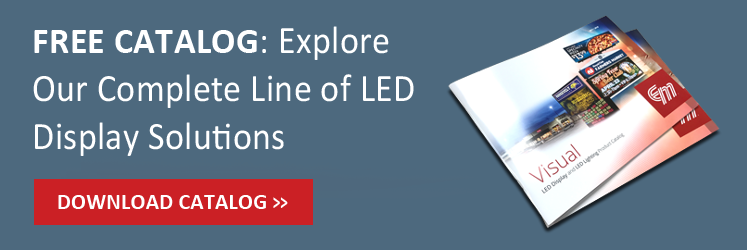Take a look around town and you are guaranteed to notice more and more digital signs. Whether it’s at your local school or as a 100-foot wide highway billboard, Electronic Message Centers are here to stay. There are a number of reasons why this is. First and foremost, they work at getting your point across. Secondly, they are more convenient and cost effective than ever.
Even with these advantages, investing in an Electronic Message Center is a huge commitment. To that end we are here to provide some key definitions used in the digital signage industry to clarify any questions you may have!
Digital Signage Vocabulary
Electronic Message Center
The term most commonly used in the sign industry for the LED Digital Sign. Also see: LED Display, Readerboard, LED Sign. An Electronic Message Center is a digital sign, made consisting of LED light pixels that displays text, pictures, and video to help share information with your target audience.
LED Technology
Light Emitting Diode. It is not a bulb, it does not have a filament, and does not “burn out”. LED’s are very different from light bulbs as they last for many years without burning out, generate significantly less heat, and consume far less energy. Quite simply they’re an ultra energy efficient piece of technology that is changing the sign industry as we know it.
LED Display Pitch
Pitch, or dot pitch is the distance between each pixel. In a monochrome (single color) sign there is only one color of pixel. In a full color sign a cluster of a red, green, and blue LED make up one pixel. These clusters create your image on the sign. The pitch for an outdoor sign usually ranges from 10mm up to 26mm. The viewing distance from the sign is the main determinant for the pitch you choose. The closer the viewing distance, the smaller the pitch should be. Smaller Pitch = Sharper Image
LED Sign Matrix
The Matrix is the size of your Digital Sign measured by the number of pixels. For example, a 80x160 sign would be 80 pixels high and 160 pixels wide. Often times, a sign company will measure the sign by the matrix rather than in feet and inches. The reason for this is because the matrix determines how many characters you can fit on each line of your sign. Obviously, a 80x160 sign with 16mm pitch will be a different size than a 80x160 sign with a 20mm pitch. Curious to see what size you need? Check out our sign creator.
Readerboard Viewing Angle
Viewing Angle is the angle to the side of the sign where you can still see the image. A good rule of thumb is to have a minimum of 140 degree viewing angle to ensure passers by can see your sign for the longest possible amount of time.
Ultimately, knowledge is power when it comes choosing your Electronic Message Center. We hope this article on digital signage terminology has helped answer any burning (pun intended) questions you may have!
If you would like to learn more, feel free to visit www.empvisualsolutions.com or call Electro-Matic Visual Products at 866-998-0990.


